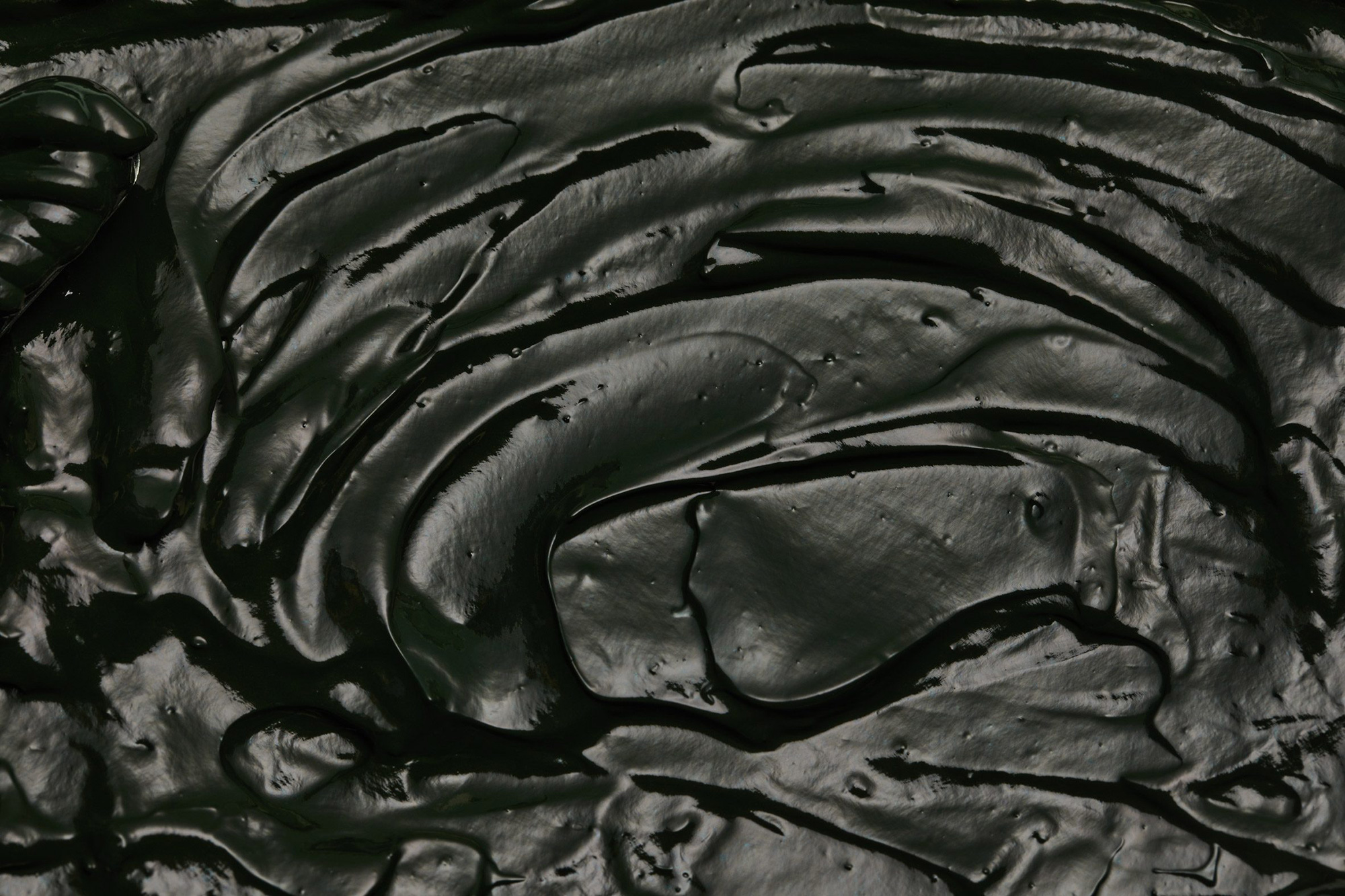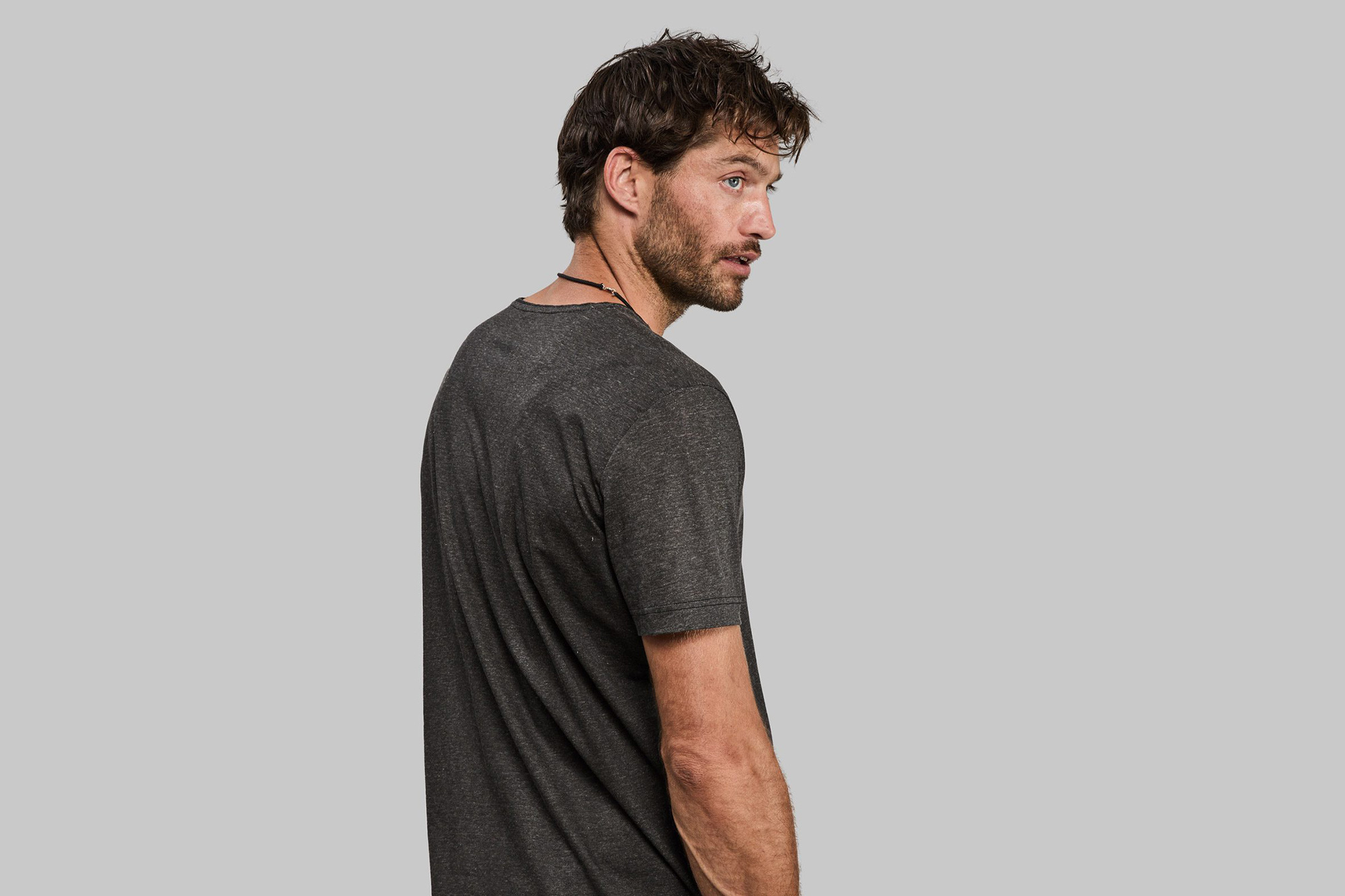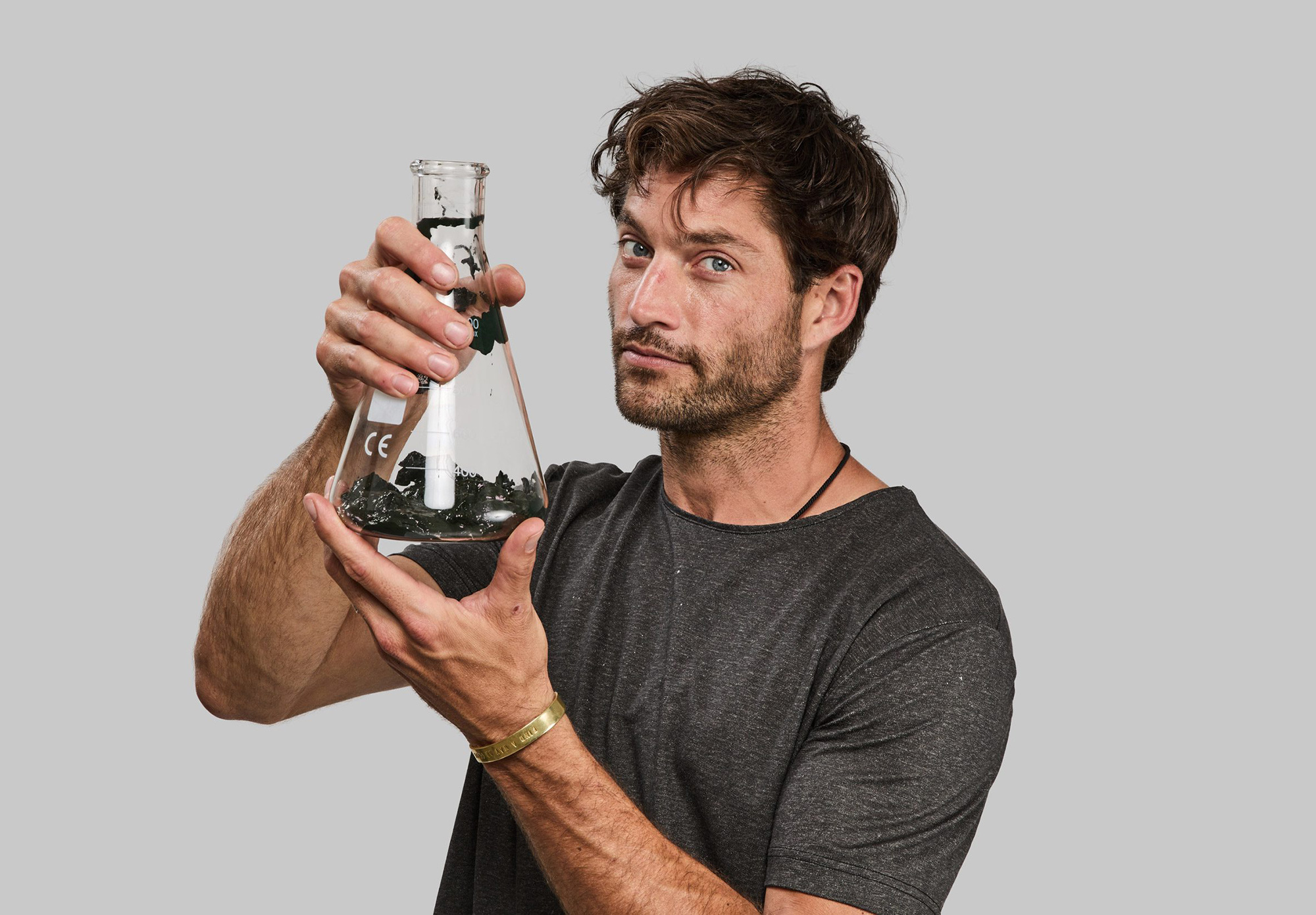An innovative brand that shows why sustainable clothing is the new black.
The color black is the most versatile of all. Which explains why it’s so popular across all industries. From clothing to footwear and watches to cars, smartphones, lighting, and furniture, black is ubiquitous. However, the manufacturing process is anything but green. To create carbon black, the most commonly used pigment, factories not only use petroleum, but also generate greenhouse gases. Cutting-edge, experimental brand Volleback decided to transform the color black into a sustainable option in the apparel industry. And the company has a lot of experience with sustainable clothing. Their collection includes products designed to last for more than a lifetime as well as apparel made from ingeniously recycled and repurposed materials. Partnering with US biomaterials startup Living Ink, Volleback created a black t-shirt dyed with a special pigment that comes not from fossil fuels, but from black algae.
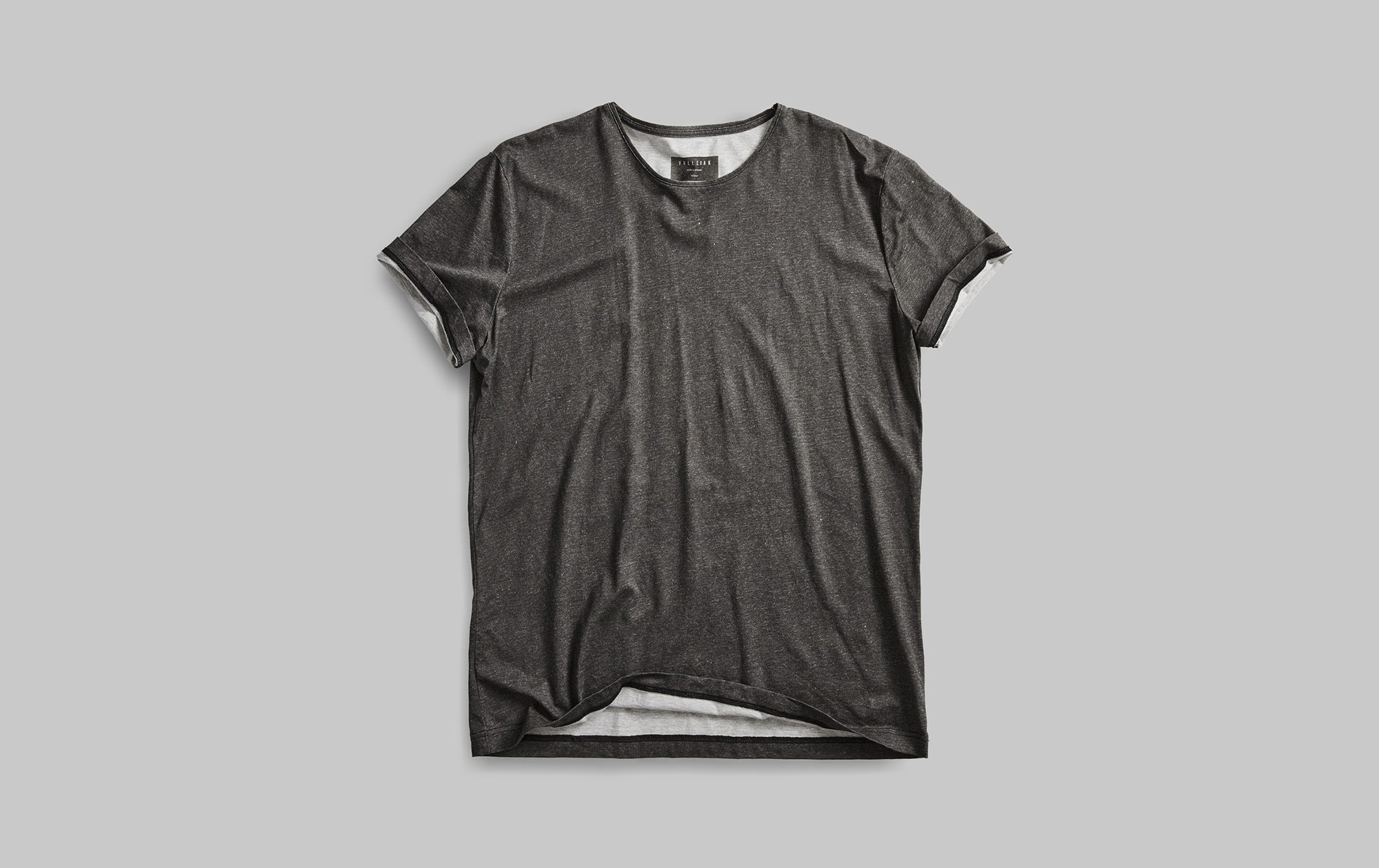
Turning back to nature to create the clothing of the future.
Black algae is extremely widespread; it usually grows in ponds where it absorbs carbon dioxide from the atmosphere and releases oxygen. To make the dye, Living Ink uses algae grown in open-air tanks. Using a special thermo-treatment, the company makes a black powder pigment which seals in the carbon dioxide absorbed by the algae during its lifespan. A water-based binder helps to create the final product, black algae ink that is both sustainable and carbon negative. Unlike standard carbon black which penetrates textiles, this pigment is screen-printed onto the material.
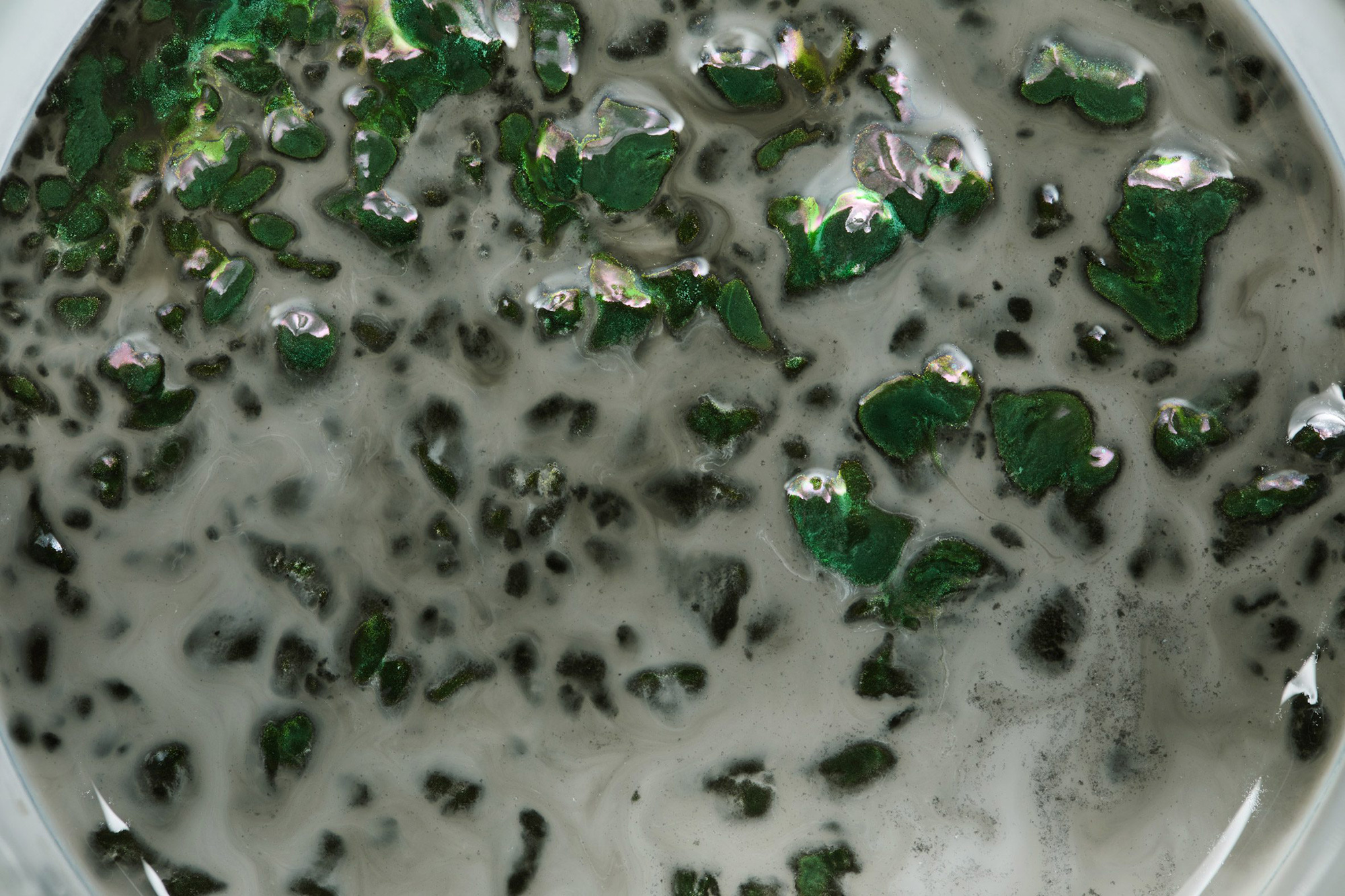
A sustainable t-shirt that locks in carbon emissions.
The Vollebak Black Algae T-Shirt represents the first step into a greener future. Made from 70 % FSC-certified lyocell from wood pulp and 30% linen, the t-shirt has a dark gray color, as using too much pigment would make the textile too stiff. The t-shirt also features recycled cotton thread stitching. Manufactured with carbon capture technology, each t-shirt locks in the carbon dioxide originally absorbed by the algae. And it locks it in for over 100 years. This means that the Black Algae T-Shirt stores carbon emissions instead of producing them.
Soft and durable, the t-shirt will hold its color for years, as the black algae ink is UV resistant. The products are also made using a closed loop production process and they can be safely composted at the end of their life. Each sustainable t-shirt takes around 12 weeks to biodegrade but the inert, non-toxic ink will remain in the soil where it will continue to store the carbon dioxide for hundreds of years. The innovative Vollebak Black Algae T-Shirt costs $110 and comes with free worldwide shipping. If you want to grab one, keep in mind that most sizes quickly sold out on the brand’s website but there’s a waiting list you can join to get notifications about the next edition. Photography© Sun Lee.
